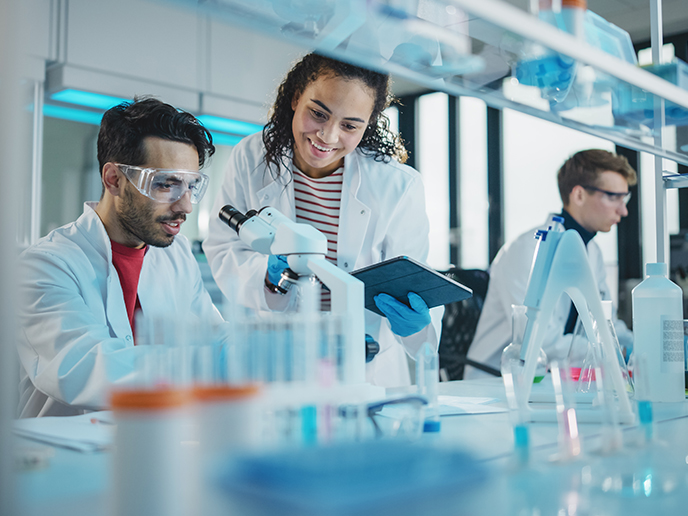Bringing European history to life with the Big Data of the Past
An inclusive European identity benefits from a deep engagement with the region’s past. The Time Machine project set out to offer this by exploiting already freely accessible Big Data sources. EU support for a preparatory action enabled the development of a decade-long roadmap for the large-scale digitisation of kilometres of archives, from large museum and library collections, into a distributed information system. Artificial Intelligence (AI) will play a key role at each step, from digitisation planning to document interpretation and fact-checking. Once embedded, this infrastructure could create new business and employment opportunities across a range of sectors including ICT, the creative industries and tourism.
Building a 4D world
In the next 3 years (2020-2023), Time Machine will develop a platform which includes a Search Engine for access to information about past people and places. In 2018 the team demonstrated a prototype which enabled a search of handwritten historical text, queries of iconographic material and simple temporal browsing of historical maps. Digitisation is currently conducted across over 20 ‘Local Time Machines’, in cities including Amsterdam, Budapest, Antwerp and Paris. Still nascent, these comprise a community of researchers, entrepreneurs and patrimonial experts. The platform is now being revamped using International Image Interoperability Framework(opens in new window) (IIIF) technology, fully compatible with Europeana(opens in new window) standards, a project collaborator. Time Machine will build a 4D (3D plus time) engine which ‘recreates’ past cities; an achievement dependent on AI to unlock key supporting technologies for so-called ‘Mirror Worlds’ – digital twins of our cities on which machine-readable information can be attached. These will be accessible from mobile phones or through specific Augmented Reality interfaces. “As new information platforms, Mirror Worlds are likely to play a role as important as the web or social networks do now. Ten years from now, our ambition is to have developed the first European 4D Mirror World,” says Frédéric Kaplan, project coordinator. In parallel, Time Machine plans the creation of digitisation hubs to accelerate the transformation of public and private assets and archives into accessible digital resources. The roadmap also plans the deployment of a fleet of vehicles to speed up digitisation efforts.
Consolidating historical knowledge
AI and Big Data, when paired with human expertise, opens the possibility of critically reconsidering existing historical interpretations. For instance, last year, an AI-based document reading system, when applied to several hundred thousand art history documents, identified more than a thousand artworks with conflicting attributions. “Nobody knew about this as only a machine could systematically scan such a large quantity of data,” recalls Kaplan. “Similar large-scale checking will be deployed for millions of European buildings. This is the beginning of a consolidated version of historical knowledge.” With more than 400 institutions now supporting Time Machine, the roadmap includes the development of various platforms for scholarship, education, libraries, museums and archives, creative industries, tourism, urban planning and land use. Each created for specific use cases with the collaboration of relevant professional bodies. The team are now finalising their Request for Comments (RFC) publication platform, which will form the backbone of their design strategy, inspired by the collective design of the internet. In March 2020, the preparatory action will publish the results of work to date, including their development, scaling and sustainability plan, with the public version of the platform and the roll out of the infrastructure.







